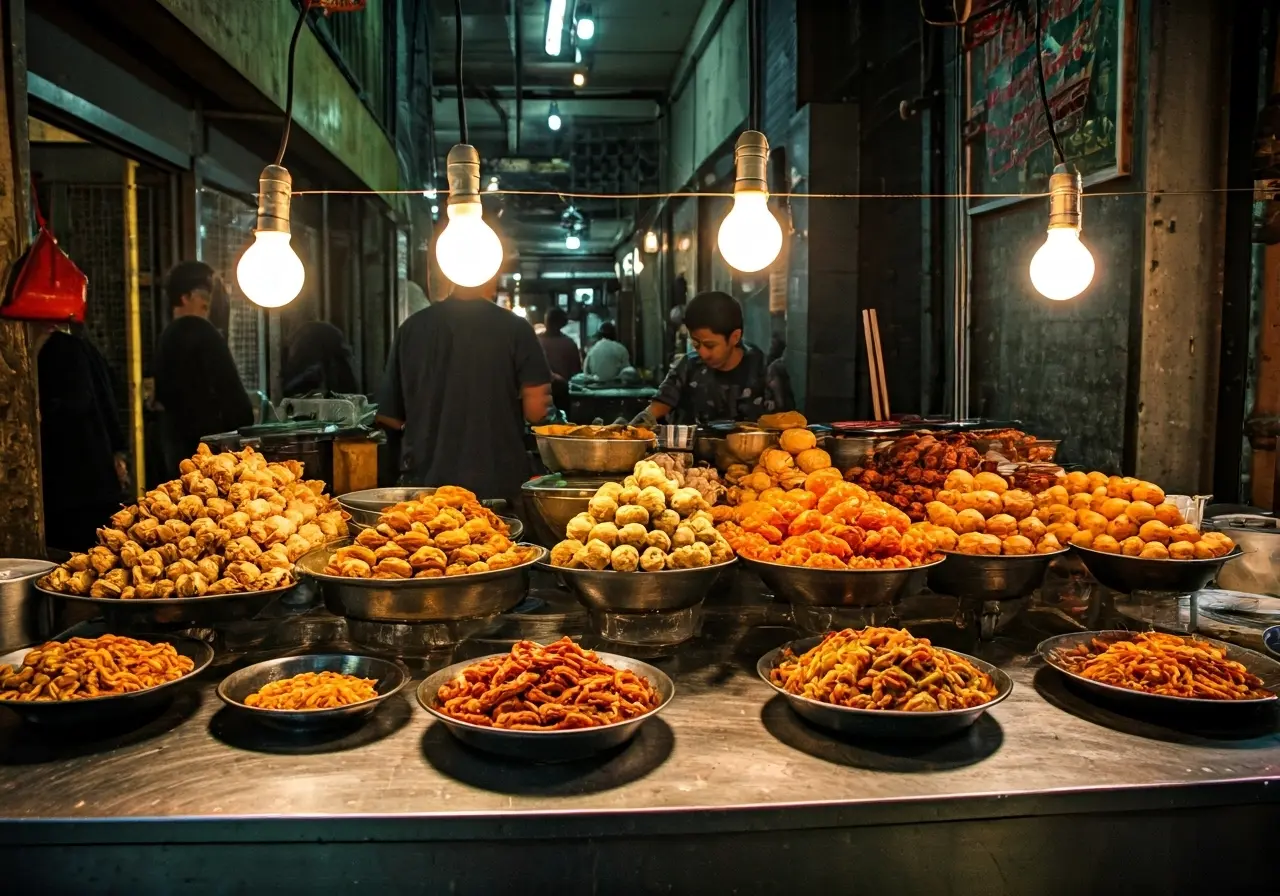Singapore is a vibrant city-state that shines brightly on the world stage for its dynamic culinary scene. Yet, amidst Michelin-starred restaurants and lavish dining experiences, it is the humble quality street food that captures the true essence of Singaporean cuisine. In this blog, we explore why street food holds a quintessential place in Singapore’s heart, offering delicious insights into its cultural, economic, and sensorial impact.
The Cultural Tapestry of Singaporean Street Food
Street food in Singapore is a unique blend of Chinese, Malay, Indian, and other culinary influences, creating a vibrant tapestry of flavors. Each dish tells a story of heritage and community, seamlessly intertwining to offer not just food, but a sensory journey through Singapore’s multicultural identity. As food stalls proliferate across the city, they provide a unique touchpoint into each culture’s contribution to the nation’s diverse palate.
Exploring the streets, you’ll quickly find that every dish you encounter is enriched by a sense of history and familial love. Whether it’s the tantalizing spice of Indian curries or the comforting, savory notes of Chinese dumplings, the flavors reflect centuries of immigration and intermingling cultures. The food scene thrives on its diversity, where offerings like satay, laksa, and nasi lemak are not only meals but also cultural tales, each with a unique heritage. This melting pot of cuisines has contributed to Singapore’s designation as a UNESCO Creative City of Gastronomy.
Street Food as a Social Equalizer
In a city known for luxury and opulence, street food serves as a great equalizer. Hawker centers are gathering places for people from all walks of life, from busy professionals to local families. These communal spaces foster connection and conversation, as everyone unites over a shared love for good food. Whether you’re sharing a table with strangers or chatting with the vendors, these moments create memories and friendships in Singapore’s bustling food centers.
The informal setting of street food encourages an interaction that is rarely found in formal dining establishments. Here, people from varying economic backgrounds converge without pretensions, bridging societal gaps. It’s this accessibility that makes hawker centers a hub of equality, allowing everyone to participate in the country’s celebrated gastronomy without barriers.
Champions of Culinary Excellence: The Hawkers
The true stars of Singapore’s street food scene are the hawker vendors, many of whom have dedicated their lives to perfecting their craft. Often handed down through generations, these culinary artisans maintain an unwavering commitment to quality and tradition, ensuring every dish is crafted with love and precision. Such dedication often means that timeless recipes are preserved with little alteration, representing decades, or even centuries, of culinary tradition.
Behind every successful street vendor stands a story-rich legacy and relentless passion. Hawkers in Singapore are celebrated for their mastery and innovation in delivering remarkable dishes. The attention to detail, even in the simplest dishes like Char Kway Teow, is evident as they bring out intricate flavors from traditional cooking techniques. The spirit of these seasoned hawkers contributes significantly to Singapore’s food identity, celebrated by locals and tourists alike.
Economic Impact: Street Food’s Role in Local Economy
Beyond its cultural significance, street food is a vital contributor to Singapore’s local economy. Affordable and accessible, it draws both locals and tourists alike, providing livelihoods for thousands of vendors and supporting related industries. The hawker culture is an economic powerhouse that underscores the importance of maintaining vibrancy in this segment of the food industry. The dedication and perseverance of these vendors lead to a thriving sector with annual revenues exceeding millions, supporting families and local producers.
A bustling street food scene greatly benefits tourism, enticing gourmands from all over the world to experience Singapore’s culinary delights. As an integral part of Singapore’s economic resilience, the street food industry not only sustains the local economy but also enhances the city’s global culinary reputation, adding yet another dimension to the myriad of attractions Singapore offers.
A Sensory Experience Not to Miss
From the sizzling sounds of food being prepared to the fragrant spices permeating the air, street food in Singapore offers a feast for the senses. Each bite is an explosion of flavors, embodying the skill and passion of hawkers, and making every meal an unforgettable experience that keeps visitors coming back for more. The vibrancy and energy of the street food scene are undeniable, as colorful stalls and inviting aromas blend in an enticing disharmony.
Complementing the visual explosion of colorful plates, the auditory backdrop is as dynamic: the clatter of wok pans, the voices of vendors calling out orders, and the chatter of satisfied patrons. Each element adds to the symphony of street food experiences, making it an unmissable feature of Singapore’s culinary landscape. Whether a local food trail or a curated international palette, the street food in Singapore will likely spark both nostalgia and discovery in every visitor.
A Culinary Heartbeat: why it matters
Quality street food in Singapore is more than just a meal; it’s an experience that encapsulates the spirit of Singaporean culture. From the bustling streets to the heavenly aromas, street food vendors not only serve up outstanding dishes but also preserve the culinary heritage of the city-state. Embracing such flavors and stories enriches any visit to this food paradise, reminding us why street food remains the heartbeat of Singapore’s culinary scene. To explore these vibrant flavors yourself, visit our homepage for more insights on bringing the taste of Singapore to your kitchen.








Leave A Comment